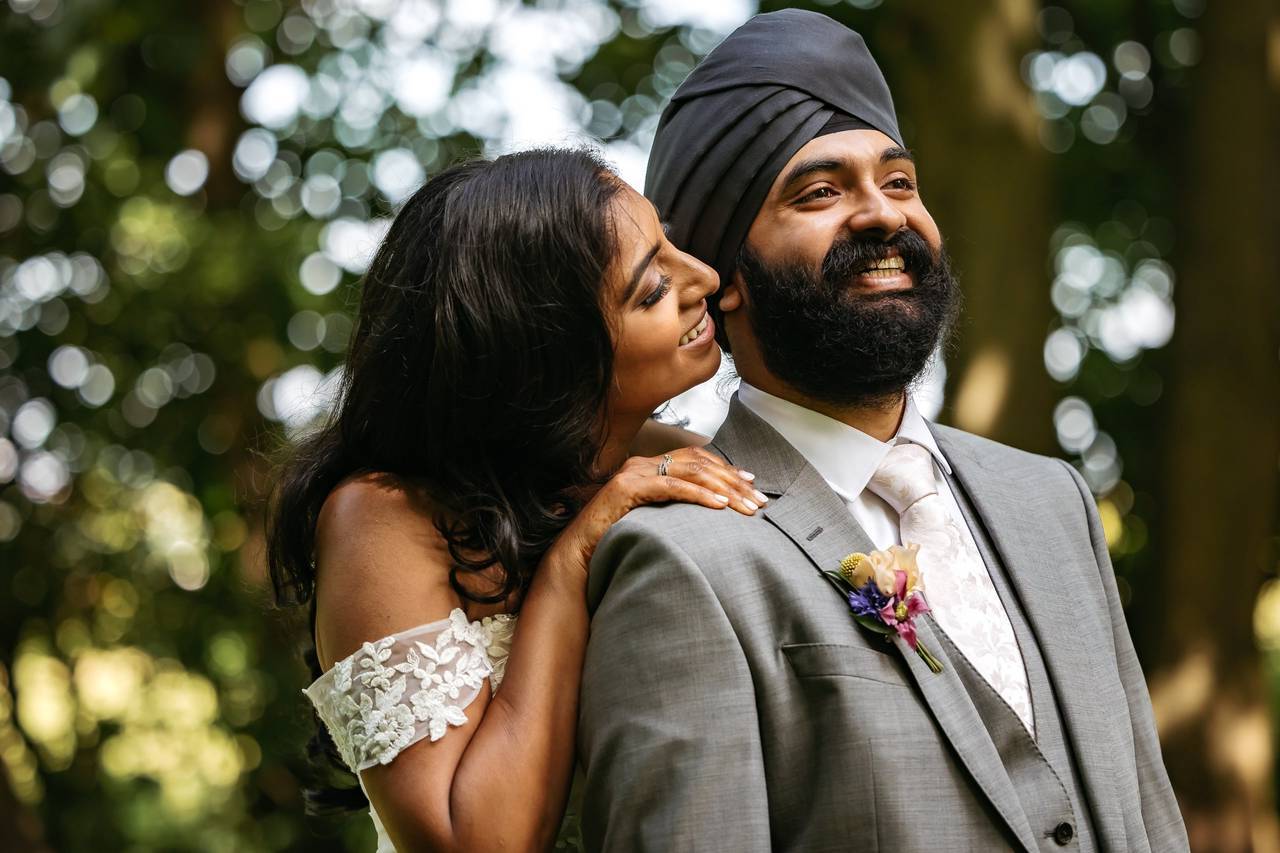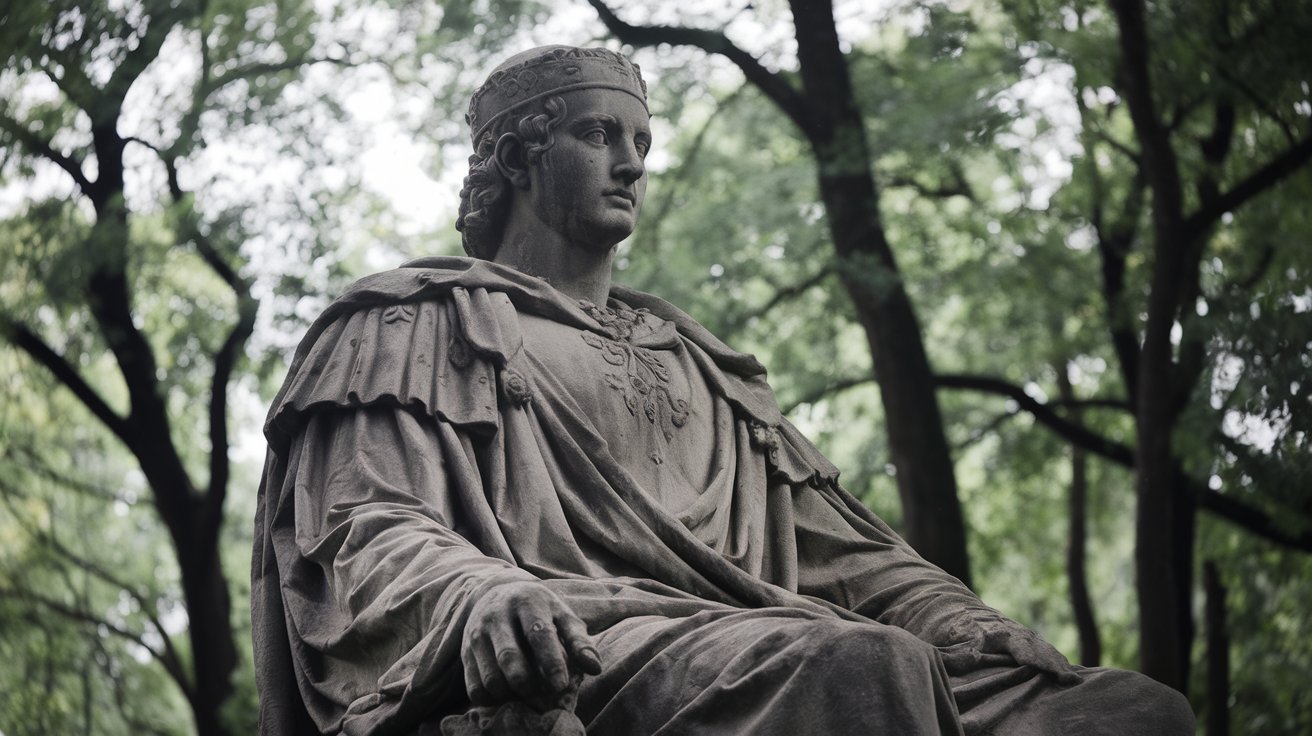
Weddings are magical events filled with traditions that vary across cultures and regions. Ever wondered why brides wear white or why grooms carry brides over thresholds? These customs, some ancient and some modern, offer a peek into the rich tapestry of human culture. From the playful Swedish kissing game to the solemn Yoruba tasting of the four elements, each tradition holds unique significance. Whether it’s planting a pine tree in the Netherlands or tying white strings in Thailand, these rituals aim to bring luck, love, and prosperity to the newlyweds. Let’s explore 40 intriguing wedding traditions from around the world.
Key Takeaways:
- Wedding traditions from around the world are diverse and fascinating, from English spider superstitions to Finnish gift collections. Each culture has unique customs that add joy and meaning to the celebration of love.
- Symbolic gestures and playful rituals play a significant role in many wedding traditions, representing love, commitment, and prosperity. From Indian henna designs to Venezuelan secret departures, these customs add excitement and anticipation to the event.
Wedding Traditions from Around the World
Weddings are a universal celebration of love, but the customs and rituals can vary greatly from one culture to another. Here are some fascinating wedding traditions from around the globe.
-
English Good Luck Tradition: In England, finding a spider in your wedding dress is considered good luck. This quirky superstition is part of a broader set of customs aimed at ensuring a happy marriage.
-
Ancient Roman Divination: Ancient Romans would study pig entrails to determine the luckiest time to marry. This practice reflects their deep belief in omens and divination.
-
Czech Pea Toss: In the Czech Republic, guests throw peas at the newlyweds instead of rice. This playful custom adds a unique twist to the traditional rice-throwing ceremony.
-
Swedish Silver and Gold Coins: Swedish brides place a silver coin from their father and a gold coin from their mother in each shoe to ensure lifelong good fortune and prosperity.
-
Finnish Gift Collection: Finnish brides go door-to-door collecting gifts in a pillowcase, accompanied by an older married man symbolizing long marriage.
Unique Wedding Customs
Some wedding traditions are truly unique and can seem quite unusual to outsiders. These customs often have deep cultural significance.
-
Dutch Pine Tree Planting: In the Netherlands, planting a pine tree outside the couple’s home symbolizes fertility and luck.
-
Western White Wedding Dresses: The tradition of wearing a white wedding dress in Western cultures began with Queen Victoria in 1840.
-
Greek and Roman Veils: Ancient Greek and Roman brides wore veils to protect against evil spirits, a tradition that continues today.
-
Danish Cross-Dressing: In Denmark, brides and grooms used to cross-dress to confuse evil spirits.
-
Greek Sugar Lump: Greek brides would tuck a lump of sugar into their wedding gowns to bring sweetness to their marriage.
Rituals of Prosperity and Protection
Many wedding traditions focus on ensuring prosperity and protecting the couple from negative influences.
-
Roman Wedding Cake: The traditional wedding cake originated in ancient Rome, where guests would break a loaf of bread over the bride’s head for fertility.
-
Juno and June Weddings: The popularity of June weddings dates back to ancient Rome, where the goddess Juno represented marriage and childbirth.
-
Groom Carrying the Bride: The groom carries the bride across the threshold to protect her from spirits below.
-
Yoruba Tasting of the Four Elements: The Yoruba tribe in Africa has a tradition where the couple tastes four flavors representing different stages in a marriage.
-
Swedish Kissing Tradition: In Sweden, anyone of the opposite sex can steal a kiss from the newlywed when they leave the table.
Playful and Fun Traditions
Weddings are also a time for fun and playful customs that add joy to the celebration.
-
Indonesian Bathroom Confinement: Indonesian couples spend the first three days of their marriage confined to their home together, not allowed to use the toilet.
-
Thai White Strings: In Thailand, wedding guests tie white strings around the bride’s wrists for luck.
-
Indian Joota Chupai: Indian brides’ female relatives steal the groom’s shoes in a playful ritual called Joota Chupai.
-
Peruvian Cake Pull: In Peru, single women pull ribbons from the wedding cake, one of which is attached to a fake wedding ring.
-
Mongolian Chicken Cutting: Mongolian couples must cut up a chicken together to find a healthy liver before setting a wedding date.
Symbolic Gestures and Gifts
Symbolic gestures and gifts play a significant role in many wedding traditions, representing love, commitment, and prosperity.
-
Welsh Lovespoons: Welshmen carve lovespoons from wood for their beloved, featuring symbols like keys and beads.
-
Fijian Whale Tooth: In Fiji, a man must present a whale’s tooth to his future father-in-law when asking for his partner’s hand in marriage.
-
Indian Henna Designs: Brides in India, North Africa, and the Middle East paint henna designs on their hands and feet to protect against the evil eye.
-
Welsh Myrtle Bouquet: Welsh brides include myrtle in their bridal bouquet, symbolizing love.
-
Lebanese Zaffe Performance: Lebanese weddings feature a Zaffe performance with dancers, singers, and drummers leading guests to the bride’s house.
Pre-Wedding and Reception Traditions
Some traditions take place before the wedding or during the reception, adding excitement and anticipation to the event.
-
Finnish Bride Kidnapping: In Finland, the bride is “kidnapped” by friends and family before the ceremony, and the groom must find her.
-
Brazilian Groomsmen Money Game: Brazilian groomsmen drag the groom around by his tie, asking male guests for money.
-
Hungarian Money Pins: At Hungarian weddings, men pin money to the bride’s dress for a dance with her.
-
Korean Piggyback Ride: In traditional Korean weddings, the groom carries his wife piggyback for as long as possible.
-
Greek Maidens’ Bed Making: Greek bridesmaids make the groom’s bed, and people throw money on it for good luck.
Post-Wedding Traditions
Post-wedding traditions often focus on ensuring the couple’s happiness and prosperity in their new life together.
-
Greek Shoe Stuffing: The best man stuffs money into the groom’s shoes until they fit.
-
German Chainsaw Log Slicing: German newlyweds saw a log into two pieces to symbolize their strength in facing challenges together.
-
Romanian Bride Kidnapping: In Romania, the bride is “kidnapped” by friends and family before the wedding, and the groom must pay her ransom.
-
Italian Sugared Almonds: Italian wedding guests receive sugared almonds as favors, symbolizing good luck and fertility.
-
Kenyan Father’s Spit: At a Kenyan wedding, the father of the bride spits on her dress for good luck.
-
Malaysian Bathroom Ban: In Malaysia, the bride and groom must not leave their home or use the bathroom for three days after their wedding.
-
Venezuelan Secret Departure: In Venezuela, the newly married couple sneaks off from their wedding reception without saying goodbye to their guests.
-
Peruvian Cake Charm: A traditional Peruvian wedding cake has ribbons hanging out around the sides, each attached to a charm inside the cake.
-
Cuban Bride’s Dance Fee: In Cuba, every man who dances with the bride must pin money onto her dress.
-
Australian Unity Bowl: At Australian weddings, guests hold stones during the ceremony and place them in a decorative bowl afterward.
The Colorful World of Wedding Traditions
Wedding traditions offer a fascinating glimpse into the rich tapestry of human culture. From the English good luck spider to the Kenyan father's spit, these customs reflect the values, beliefs, and creativity of different societies. Whether it's the Greek sugar lump for sweetness in marriage or the Mongolian chicken cutting for setting a wedding date, each tradition adds its own unique flavor to the celebration of love.
These rituals, whether playful, practical, or downright bizarre, underscore the universal importance of marriage and community. They remind us that while weddings are deeply personal, they are also communal events that bring people together in joy and celebration. So, next time you attend a wedding, take a moment to appreciate the traditions that make it special. They are more than just customs; they are a testament to the enduring human spirit.
Frequently Asked Questions
Was this page helpful?
Our commitment to delivering trustworthy and engaging content is at the heart of what we do. Each fact on our site is contributed by real users like you, bringing a wealth of diverse insights and information. To ensure the highest standards of accuracy and reliability, our dedicated editors meticulously review each submission. This process guarantees that the facts we share are not only fascinating but also credible. Trust in our commitment to quality and authenticity as you explore and learn with us.


